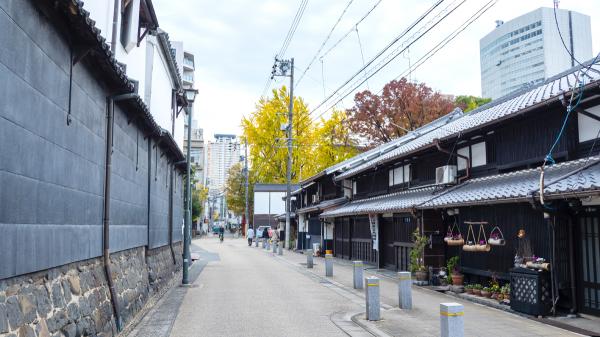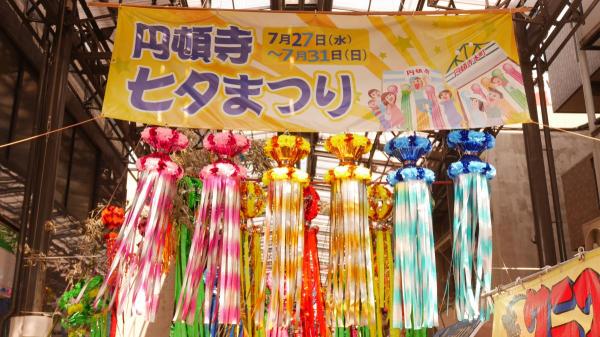- HOME
- Search in the site
- Endoji Temple and Endoji Shopping Street
Nagoya-City Endoji Temple and Endoji Shopping Street
An old-fashioned shopping street at the heart of Nagoya
The famous Endoji Shopping Street began as the district that formed when merchants gathered in front of Chokyusan Endoji Temple's gate. Even in modern times as skyscrapers expand from the Nagoya Station area, this picturesque spot retains its old charm and somehow nostalgic atmosphere. Once counted among the city of Nagoya's top three shopping districts, its influence may have diminished, but its ability to welcome patrons and offer a more relaxing and entertaining shopping experience continues—and if anything—may have grown stronger.
Endoji Shopping Street made its beginnings around 1612 when the castle at the local political hub of Kiyosu was moved to Nagoya and thus brought flocks of merchants, making it the oldest shopping district in Nagoya. At one point in its more recent history, streetcars ran to and fro, which brought prosperity to the area. In the 1970s, however, the area's hustle and bustle began to wane with the close of the streetcar system. Even so, the area has preserved its old charm offering eateries and shops selling everyday goods as patrons enjoy a taste of simpler times.


























 Keyword
Keyword








